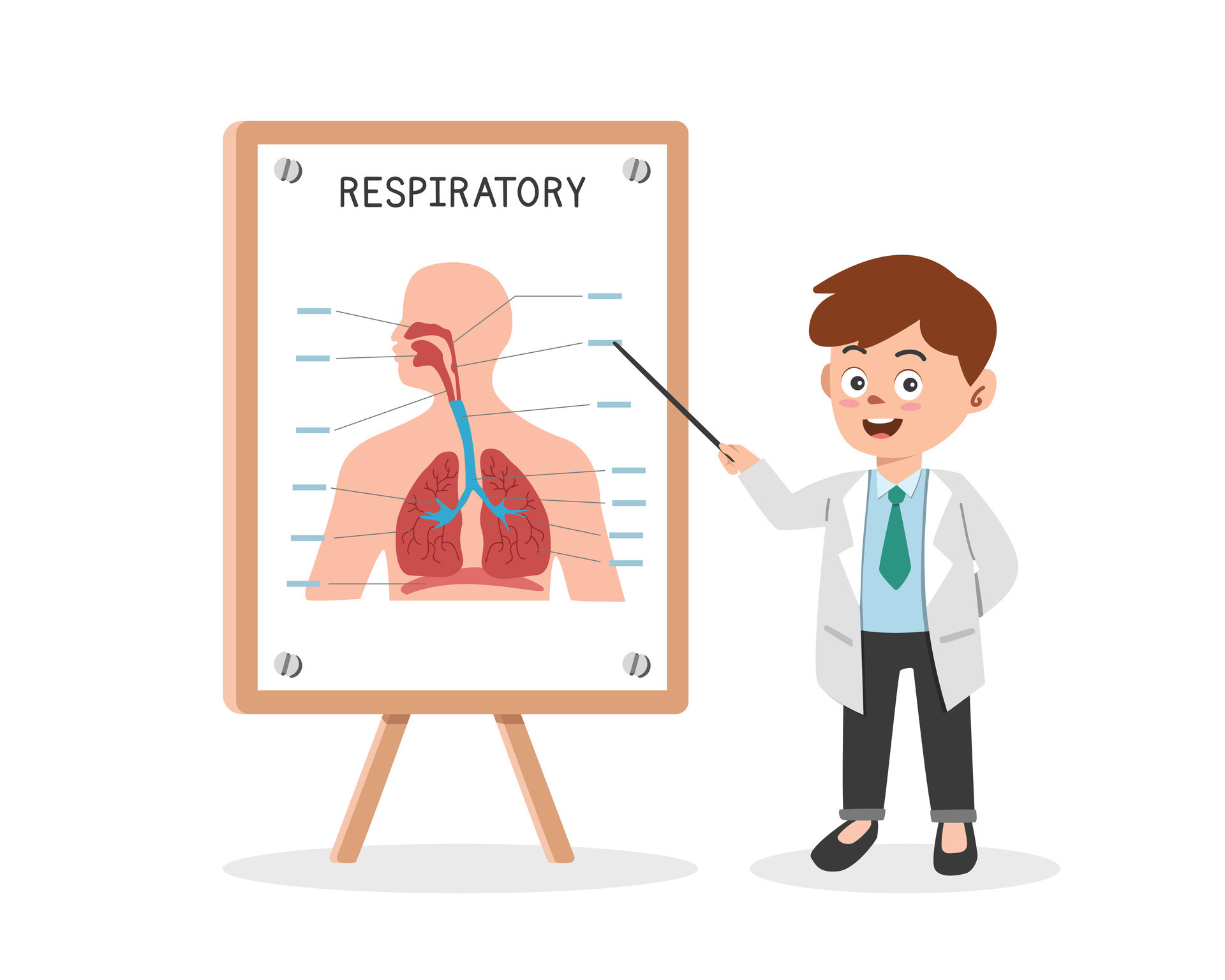A. Albinism also known as achromasia is an inherited disorder that presents with little or no melanin production, which results in either little or no color to skin, eyes or hair._x000D__x000D_B. Cyanosis is bluish discoloration of the skin_x000D__x000D_C. Melanosis is a condition of excessive production of melanin in the skin or other tissue._x000D__x000D_D. Xanthosis is a yellowish discolouration of degenerating tissues, especially seen in malignant neoplasms.
A. Albinism also known as achromasia is an inherited disorder that presents with little or no melanin production, which results in either little or no color to skin, eyes or hair._x000D__x000D_B. Cyanosis is bluish discoloration of the skin_x000D__x000D_C. Melanosis is a condition of excessive production of melanin in the skin or other tissue._x000D__x000D_D. Xanthosis is a yellowish discolouration of degenerating tissues, especially seen in malignant neoplasms.
